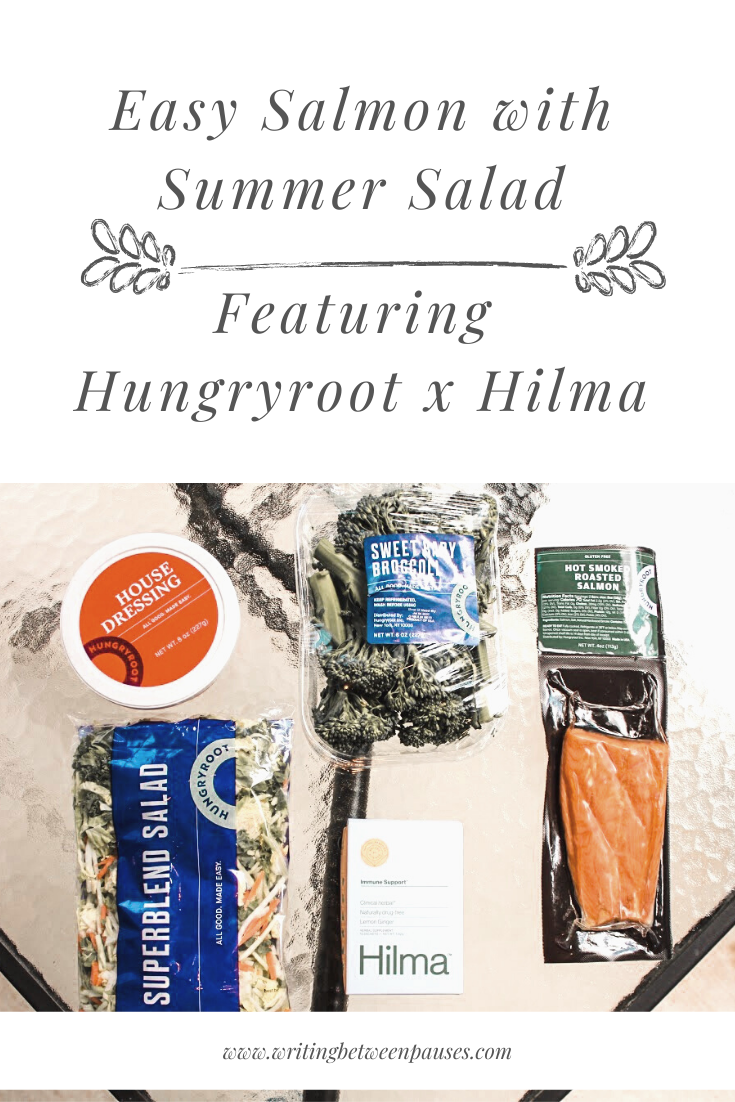What is Fantastic Fungi, you ask, reading the title of this post. Well, I’m here to tell you: it’s not as weird as it sounds. Have you ever tried a supplement for sleep? Or for energy?
What if those supplements were made out of something a little more of-the-earth? A little less processed? That’s it. That’s what Fantastic Fungi is.
I was recently approached to review a few of their products and I was happy to say yes. Here’s why: ever since I had Violet, I’ve really struggled with my energy levels. She doesn’t sleep well and I’ve notoriously never slept well, but I need to be able to both sleep soundly (for my energy during the day) and not sleep too soundly (so I can wake up when she does and make sure she’s ok).
My sleep issues have contributed to my lack of energy and a loss of focus in the last 2 years. So I knew when I was selecting products to review, I wanted to focus on those pieces: energy, focus, memory.
Mind Capsules
A 60-day supply of these mind capsules costs $40, which isn’t bad for a supplement. They feature Lion’s Mane mushrooms, which if you’ve ever listened to a podcast, you’ve heard of them. These capsules promise to “support focus, memory and concentration”, thanks to “100% organic Lion's Mane fruiting body extract.”
I took these fairly religiously for 3 weeks before writing this review. In those weeks, I definitely did feel an improvement to my ability to focus. But just for the sake of science, Oregon did also have a week of incredibly good weather in there—which I can’t deny definitely also helped as well.
With supplements, it’s always hard to definitively say “this helped!” but I can say it did not hurt me. No stomach issues, no grogginess or gross feelings. Just an easy daily supplement.
Rise & Shine Bundle
The second product I got to try was the Rise & Shine Bundle, featuring 3 liquid elixirs. This includes Mindful (“made from organic Lion's Mane mushroom, Bacopa, and Gingko to help you stay centered and alert”), Gratitude (“combines 8 of nature’s most potent functional mushrooms — Lion’s Mane, Turkey Tail, Chaga, Tremella, Red Reishi, Cordyceps, Maitake, and Shiitake — to transform your well-being”), and Energy (“combines organic Cordyceps and Turkey Tail mushroom extracts with Chinese Red Ginseng and Rhodiola Rosea to power your day the natural way”).
First things first, they taste good. That did worry me at first—would they taste like pure mushroom? But they don’t, I promise, and they’re easy to take throughout the day. I took Energy in the morning, Mindful at that 3pm energy dip, and then Gratitude in the evening. All 3 were great and I did find they helped maintain my energy throughout the day—and Gratitude definitely helped for relaxation in the evening.
The pack of 3 is currently on sale for $67.50, but you can also purchase them individually.
Lion's Mane Rescue Balm
The last product I received for review was the Lion’s Mane Rescue Balm, which sells for $30 for a 2 ounce tub. While that seems substantial, I do have to tell you: this is my favorite thing that I got. My hands have been dry from the winter and I’ve struggled to find something to help with my super dry cuticles and knuckles. This. Balm. Did. The. Job. I loved it!
The balm is a mix of Lion’s Mane extract, olive oil, beeswax, jojoba oil, vitamin E, and lemongrass for scent. It smells so good and works perfectly if you have super dry skin. I also used this on some rough spots on my ankle—a holdover from when I had hand food and mouth disease in August—and they were gone the next day. It’s a miracle worker. If you choose to get anything from this review… let it be this balm.
What’s my final conclusion? Ultimately, it’s up to you: are you looking for a natural supplement to try before you take more harsh measures for your energy, sleep, or focus? It might be worth trying something from Fantastic Fungi first—you never know what might work for you?
Disclaimer: As denoted by the asterisk (*) in the title of this post, I received products free in exchange for review. Posts like this help me keep the lights on here at Writing Between Pauses. You can learn more about my disclosure policy here.

























